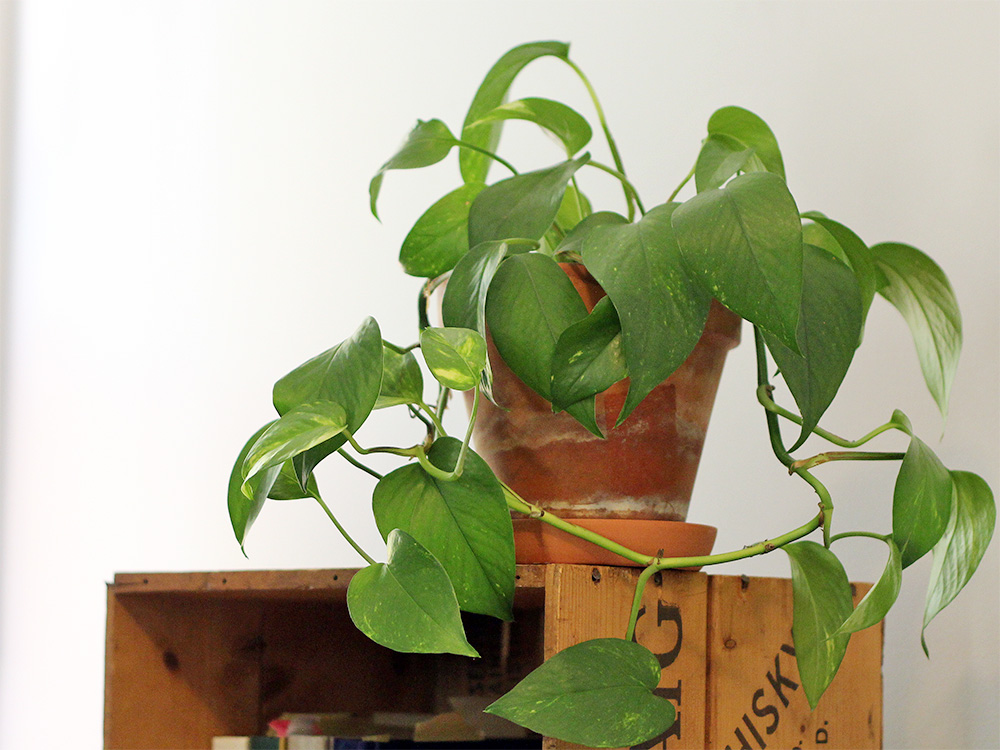Growing Pains | Knowledge & Wisdom
Advice from a veteran of the New England houseplant wars.

Coffee By Design | Portland, Maine
Photo Credit : Katherine KeenanOutside, the snow is falling. It’s cold; the sun is low in the sky. Within, all is radiant, fragrant. The windowsills are filled with plants, broad leaves and narrow, in all shades of green. It’s lovely. It’s full of life. It’s the houseplant rhapsody, and I say it’s a load of spinach.
First off, plants don’t want to grow inside in pots and will do everything they can to let you know it. They will get leggy, they will turn pale—they will not die, of course, and put themselves out of their unsightly misery; they’ll just mash themselves against the windows and moan, so you feel guilty.
More tidbits from a battle-weary New England gardener:
1. Very few plants appreciate the sort of temperatures people appreciate. Most of the interesting plants, especially the ones that flower in winter, want to be cool during the day and even cooler at night. This works out OK if the plants have a room to themselves, and it is why wealthy Victorians were big on conservatories.
2. The kinds of plants that actually do well in warm, dry rooms with low light—spider plants, for instance—tend to make your house look like a cross between a bank and a fern bar. As a general rule, the more unusual a plant, the likelier it is there’s a very good reason for its rarity.
3. The rustic look of mineral salt–encrusted terra cotta, so fetching outdoors in the garden, doesn’t exude the same charm on a polished mahogany table. Saucers? Please. You need lots of nice antique brass or porcelain cachepots, in which case you can probably afford a conservatory, too.
4. Houseplants contain a mysterious substance that makes them addictive. No matter how many pots of listless leafage you have languishing at home, the odds are overwhelming that long before winter ends, you will be seduced by some gorgeous green creature, and the whole drama will start again.
—Adapted from “The Houseplant Facts of Life,” by Leslie Land, January 1996




